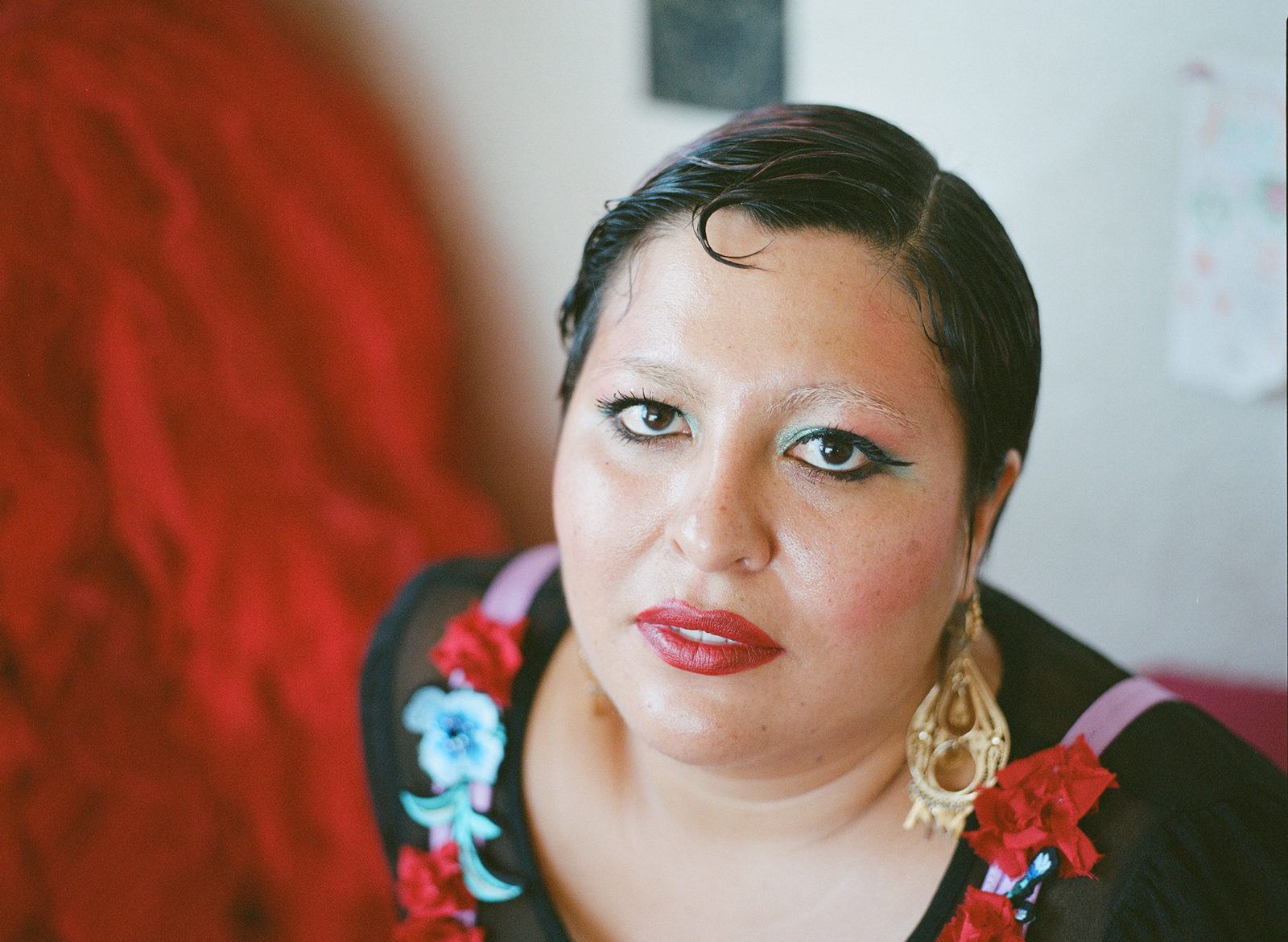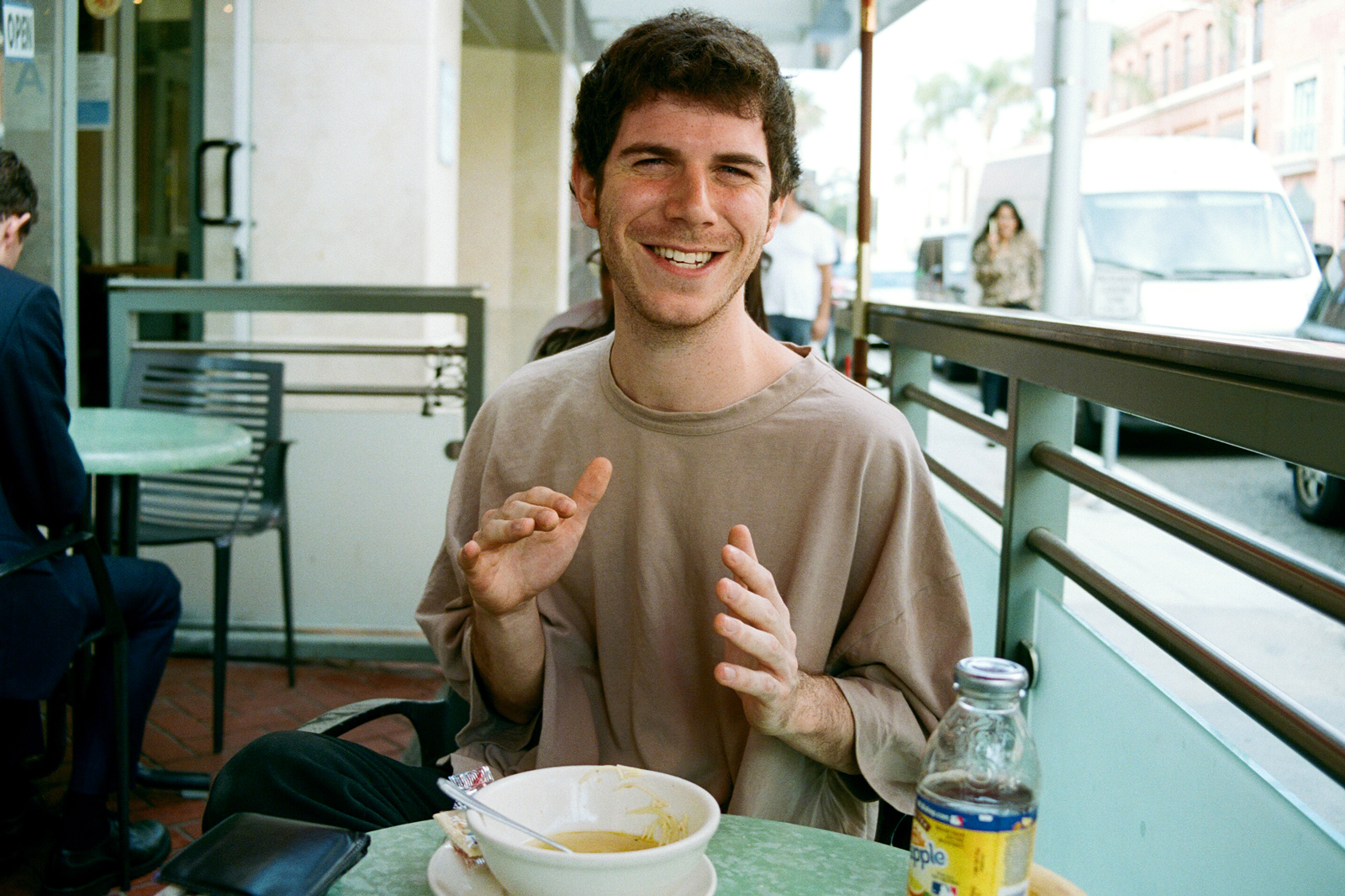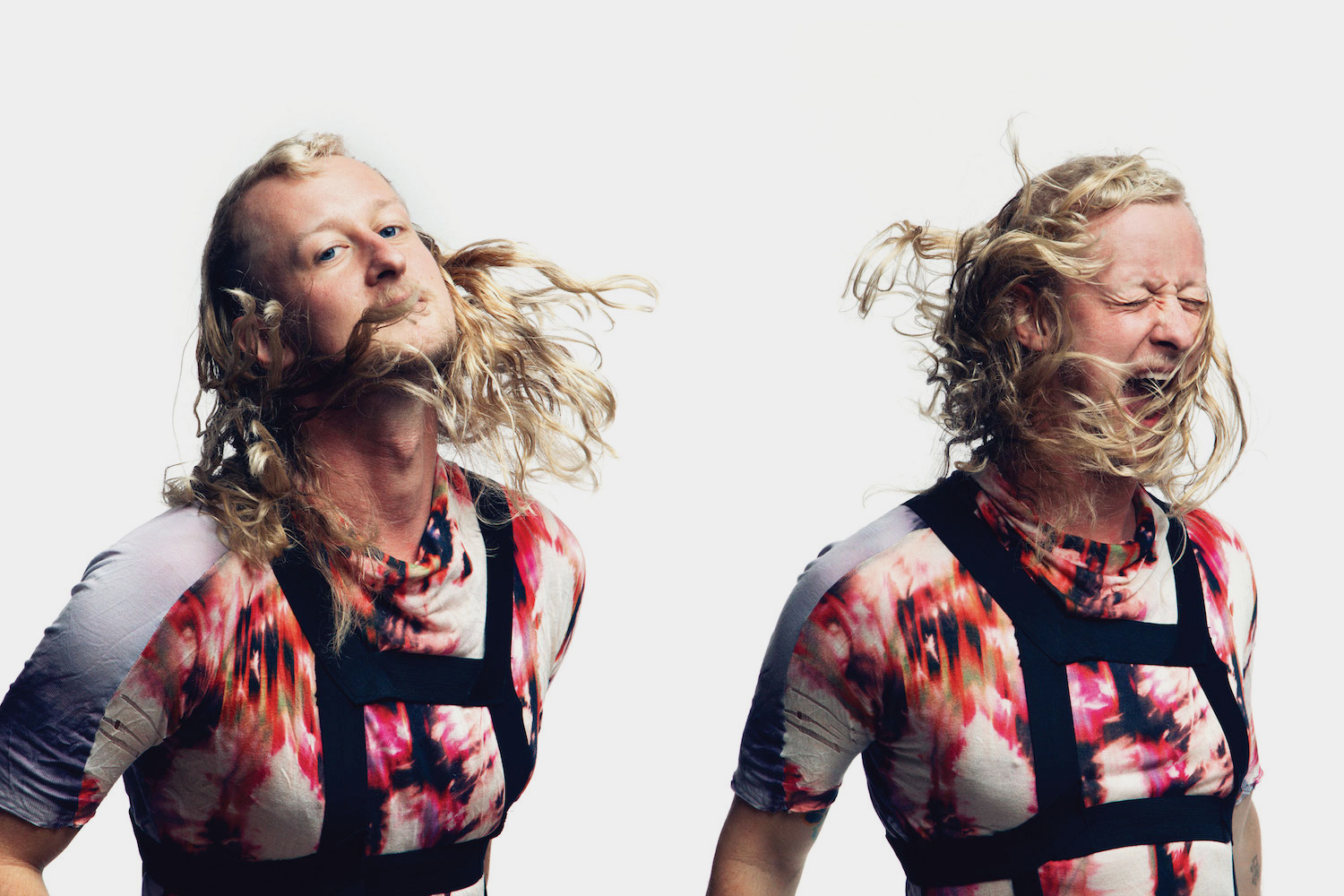Interview: Alec Coiro
Photo: Kat Slootsky
The album Capricho Del Diablo — the latest by San Cha — is a culmination of many things. It is the story of a move from The Bay Area to L.A., of overcoming demons made manifest, and the story of an artist shifting back to completely different style of music. The journey between styles is marked by a particularly negative experience with a Bay Area acquaintance. It’s an experience best left to her own words, but suffice to say it ultimately led her to Mexico where she learned to perform Rancharas, the music of her youth. The end result is the music you hear on “Capricho Del Diablo” is special, unique, and stand outs as soulful in a genre already known for its depth of soul. I suspect the album is so exceptional because the music carries with it all the styles and experiences that led up to it; experiences that the artist describes to us when we got a chance to interview her.
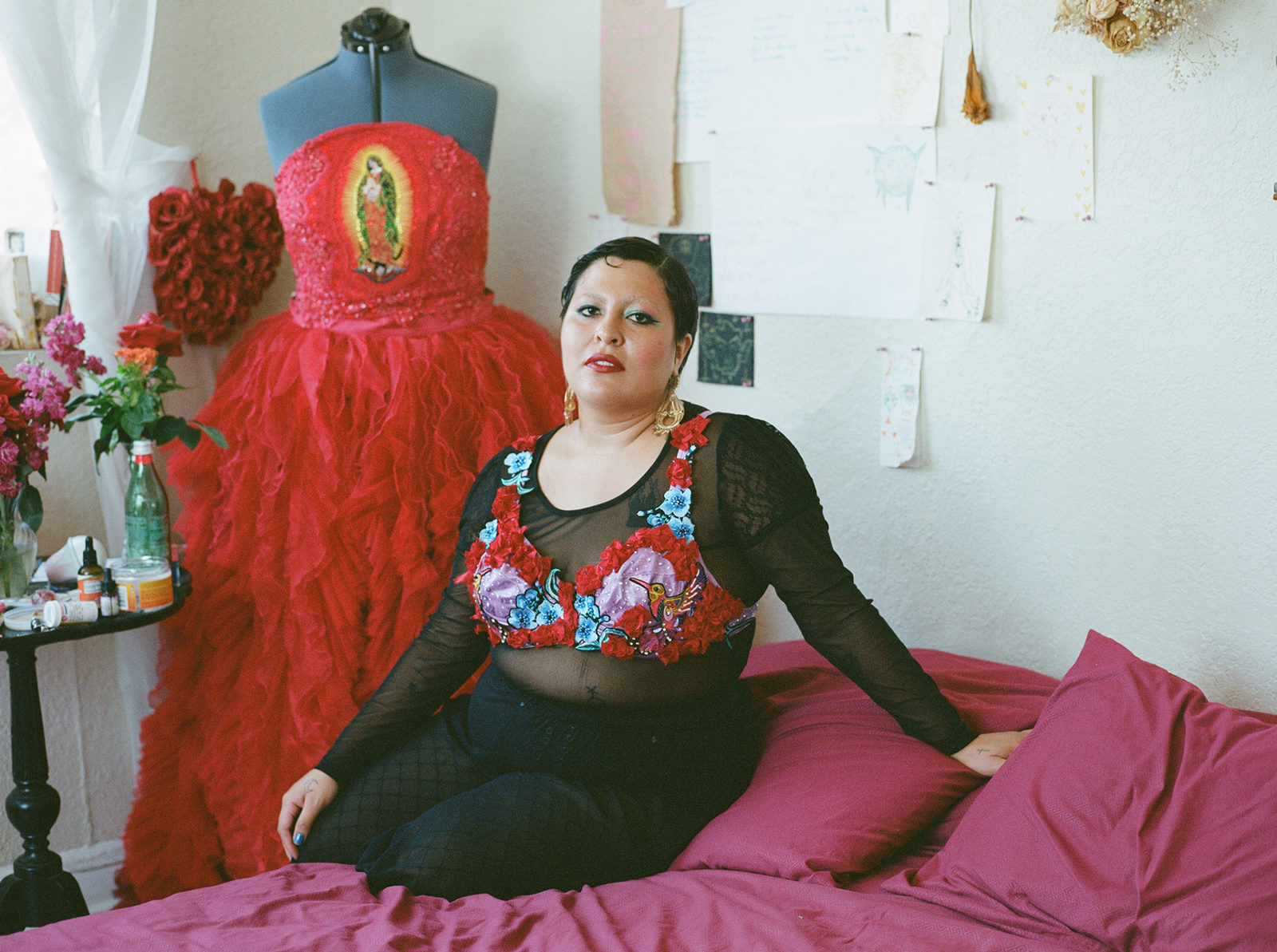
The devil plays a large role in this project, referred to in both the title and the backstory. Can you tell us a little about the significance of the devil figure for you?
In my early life, I heard about the devil in 3 different forms
I grew up in a Catholic household where we prayed the rosary every night and I sang in the church choir, so I was always taught to fear the devil and the devil’s temptation.
I also used to watch all the music documentaries and movies on VH1 and MTV that I had access to, so I’ve been affected by the stories of people selling their souls to the devil for pop stardom.
In my college prep English class called “Puente” designed to encourage 4-year higher education for brown people in working class neighborhoods, we read the Malcolm X documentary. This was my first time hearing about this “white devil.”
This person I talk about in these songs and that I talk about in the back story was a white man that told me that “together we could really make something happen.” This failed relationship (not romantic) reminded me of the 3 ways I learned about the devil. He threw an underground queer party that included all the temptations I was warned about by my parents and church. He told me he could help me with my music, but the time he bought me an instrument to help me out, he said “you owe me your soul!” After this transaction my debt to him became seemingly eternal
This got me thinking about how much debt I already had (credit card, hospital, student loan) and how this country is built on debt. My immigrant parents would always talk about coming to this country to accrue “drogas” which if you google translate, it means drugs, but the way they used it, it meant debt. The devil is a person or entity that holds me to an eternal debt to keep me working for free.
Speaking of the album’s backstory, it seems as though you went through a difficult time leading up to the album. Has the process of recording it been cathartic?
The process of putting it out in the world has been a very slow catharsis. If anything it feels like the biggest FUCK YOU to the person that hurt me and helps me name when similar power dynamics start to play out with other people.
A significant portion of the video for “Capricho Del Diablo” takes place in what looks like the L.A. River, suggesting a very L.A. sense of place. How does life in Los Angeles contrast with your former life in the Bay Area?
Everyday I have a moment when I say to myself, “I’m so happy I moved to LA.” There are many differences between LA and the Bay, what I am most thankful for is finding many other creative people to collaborate with. In the Bay, lots of people have this DiY mentality. I made my own music, dressed myself, did my own makeup and hair and prayed that people would just want to write about me and take photos of me because none of us were making enough money to pay for anything. In LA I have found collaborators in different mediums with whom I share reciprocal admiration and inspiration. With the generosity of these friendships I now have a familial team helping me to focus on what I love doing most, the music and the performance.
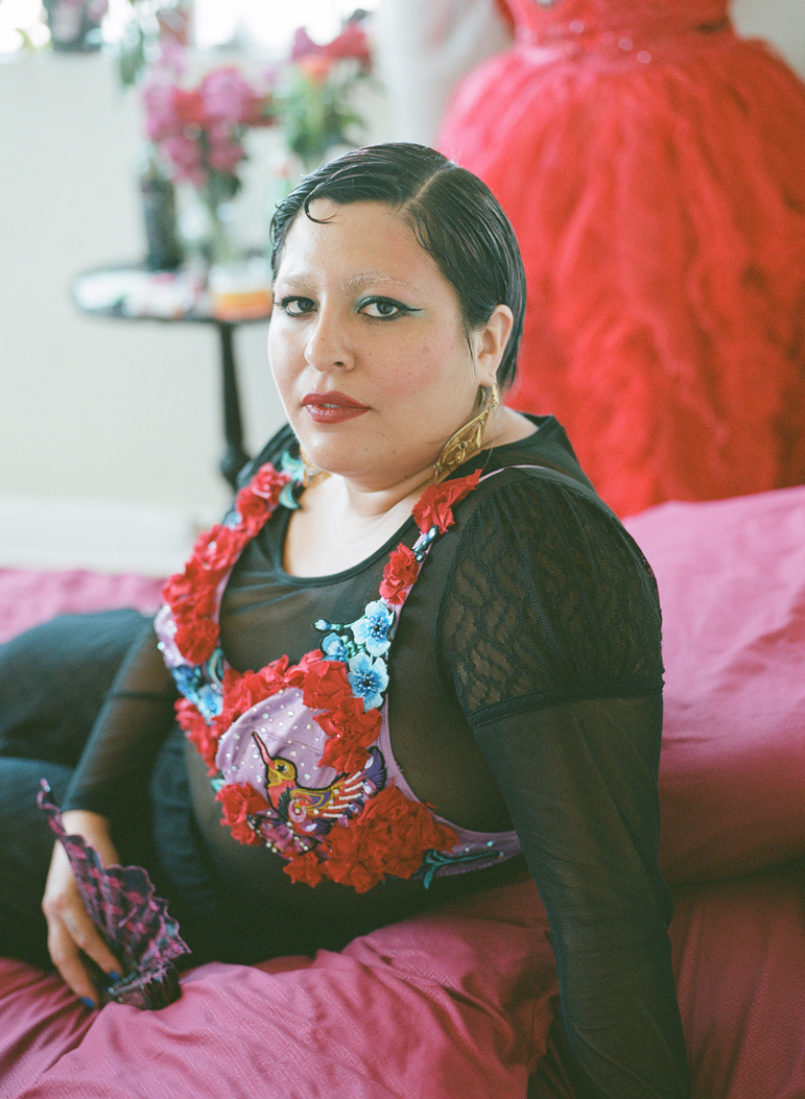
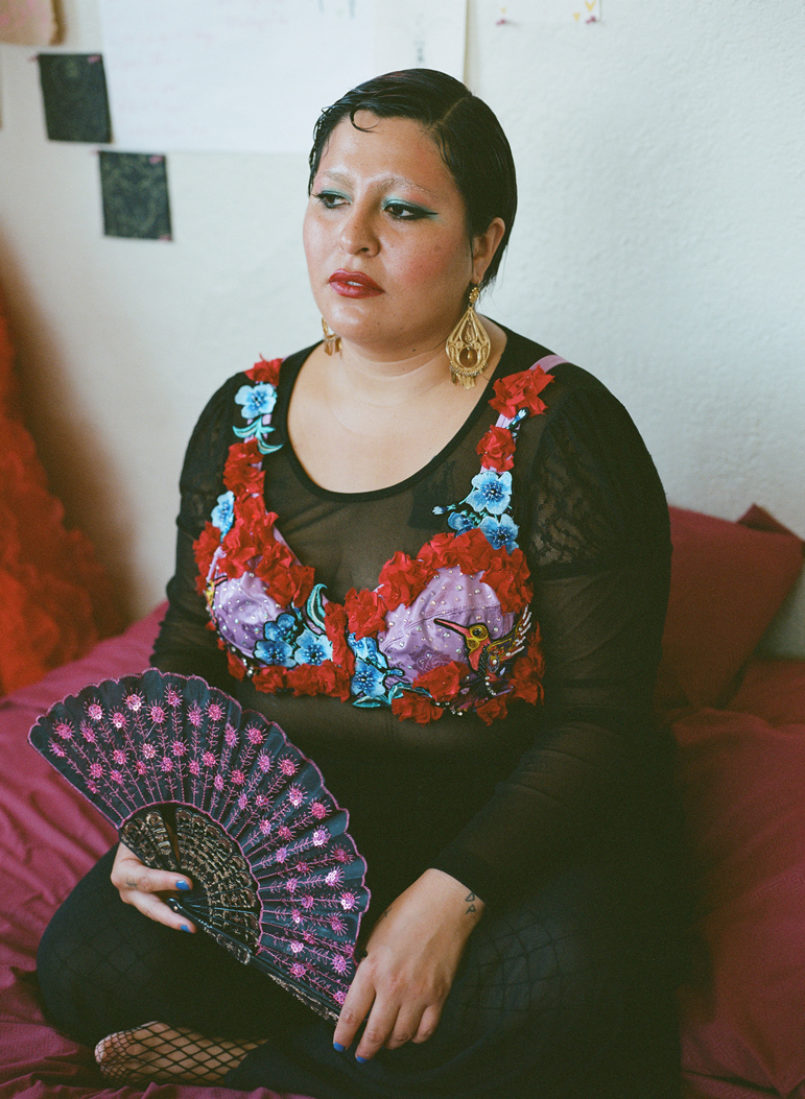
I dropped out of college to be a drag queen and sing drunk at dive bars and backyard house parties, which helped me gain more confidence in my own voice and performance. So, when I got to my family’s farm en Jalisco, my body was finally ready to sing rancheras with lots of freedom, emotion and strength.
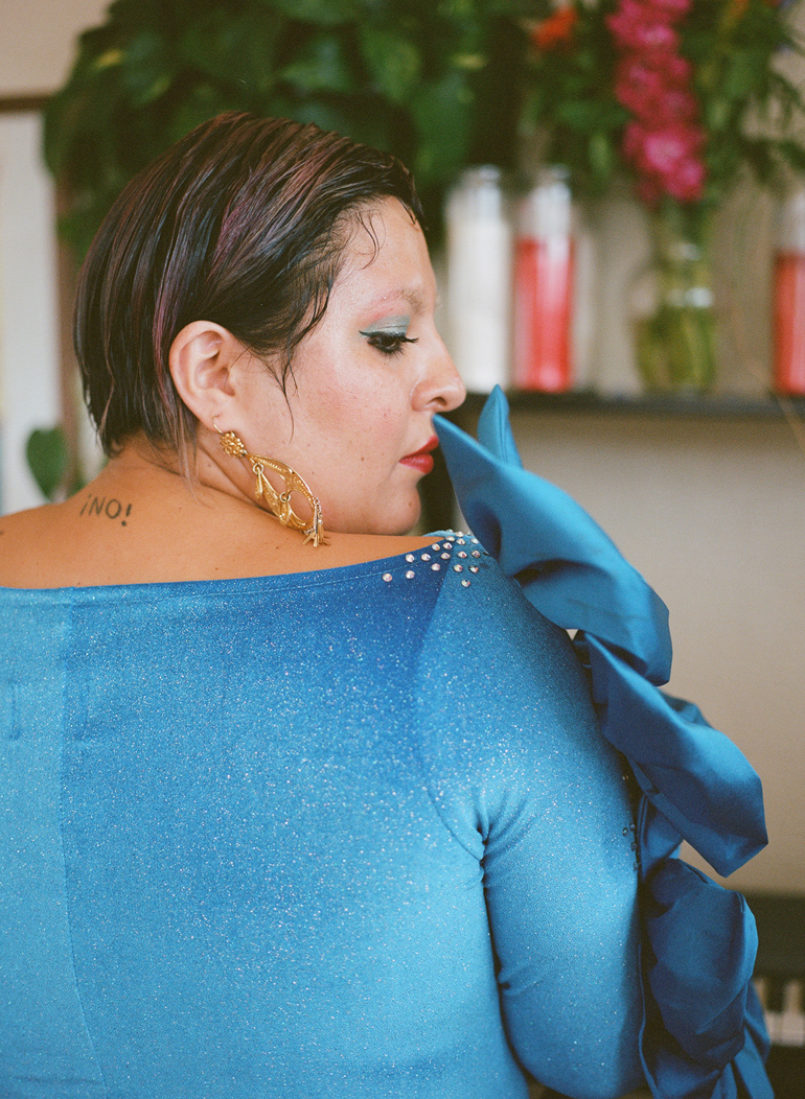
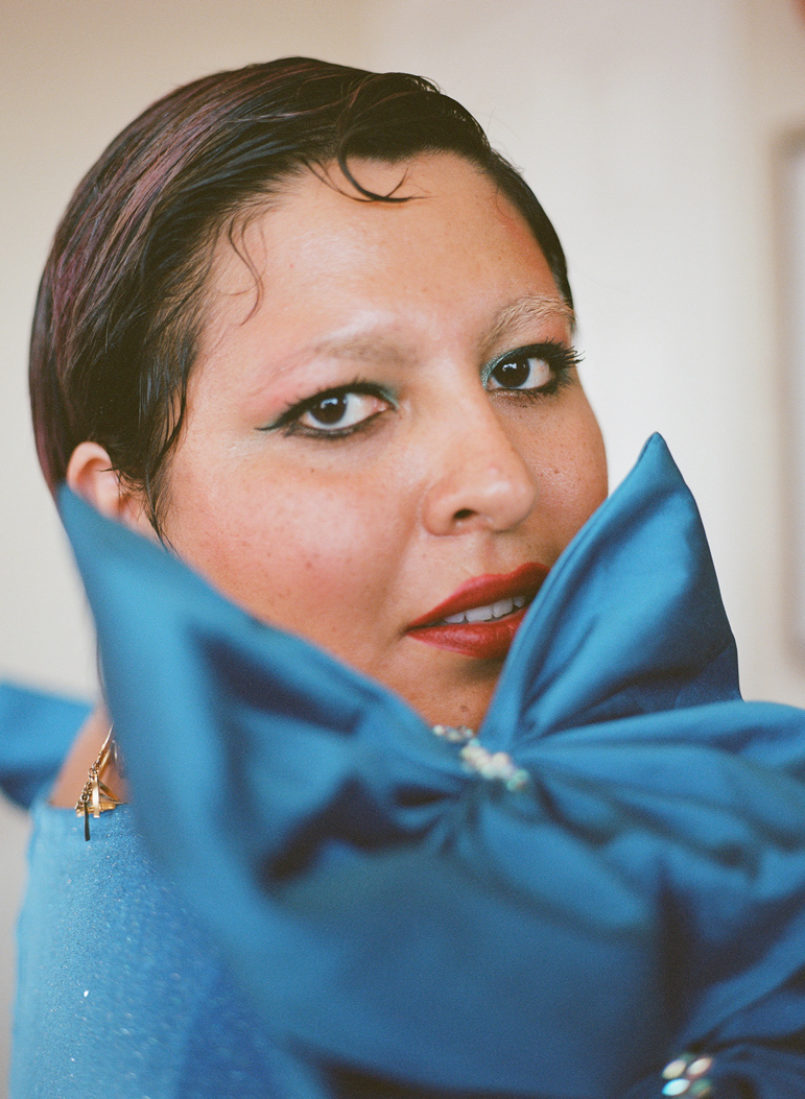
Your Tia Luz inspired you to sing Rancheras. What was the experience of switching musical styles like? Is it a style of music you grew up with, or were you discovering it for the first time?
I’ve grown up with Rancheras. My dad would play Vicente Fernandez, Jorge Negrete and Jose Alfredo Jimenez on his record player every Sunday after church. He would imitate and sing their songs with full passion in front of us. In my life, i’ve tried many times to imitate voices like Lola Beltran, Amalia Mendoza, or Lucha Villa. We would visit Mexico every year or 2 years and my tia would blast the rancheras and yell the songs in her own tone deaf ways. It took a lot of training for me to sing them though. I sang in the church choir my entire junior and high school years, then took two years of classical voice lessons in college. I dropped out of college to be a drag queen and sing drunk at dive bars and backyard house parties, which helped me gain more confidence in my own voice and performance. So, when I got to my family’s farm en Jalisco, my body was finally ready to sing rancheras with lots of freedom, emotion and strength.
You cover only one song, “Historia de un Amor” (available exclusively on the cassette). Why this song, and how do you think it fits with the music you wrote?
This was a song that I originally covered for my Tia Luz, it was a song that I had heard many times before, but I fell in love with the Pedro Infante version while on the farm with mi Tia. It was actually the first song I thought about recording for her. I wanted to end the album with an ode to mi tía Luz for pushing me and challenging me to create music that connected more to my blood family and people like my family. I also thought it would be perfect to take the album from the group ensemble feel into a very intimate and sparse outtro.
